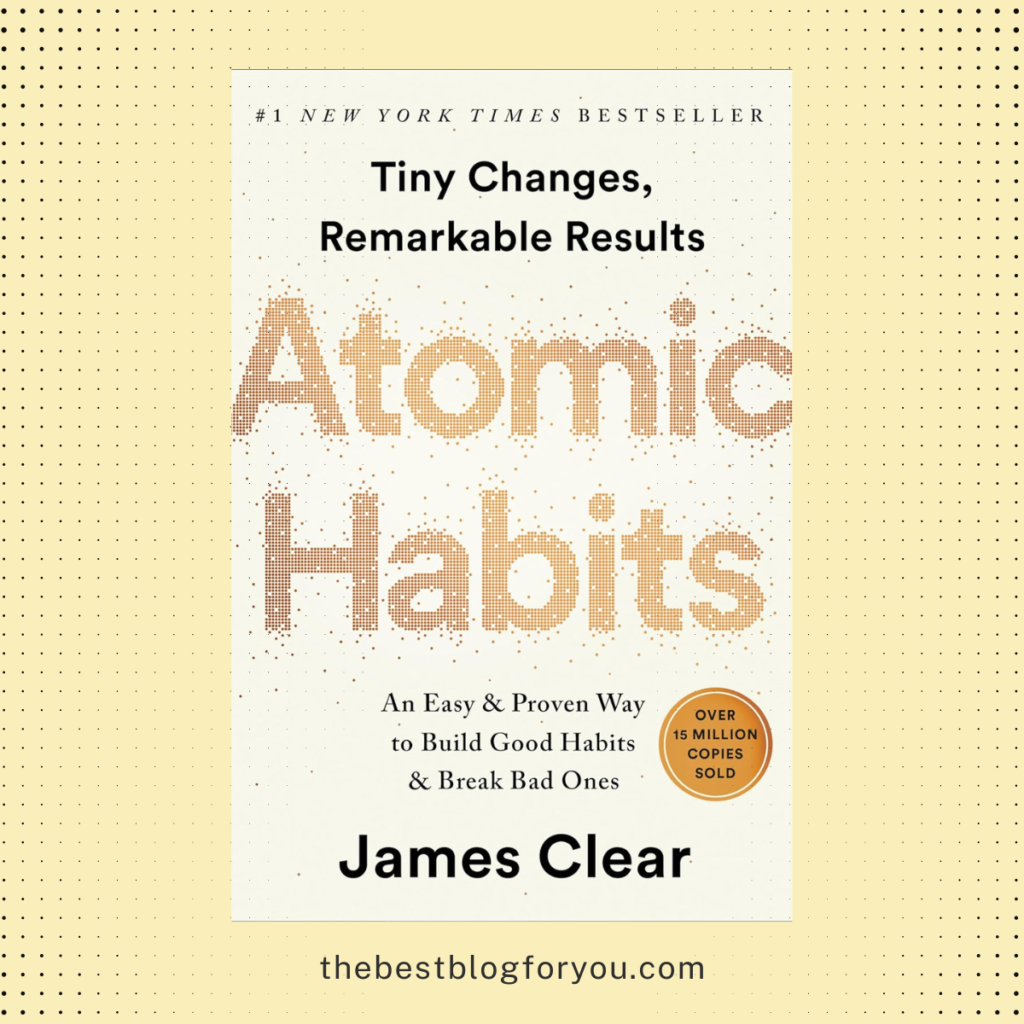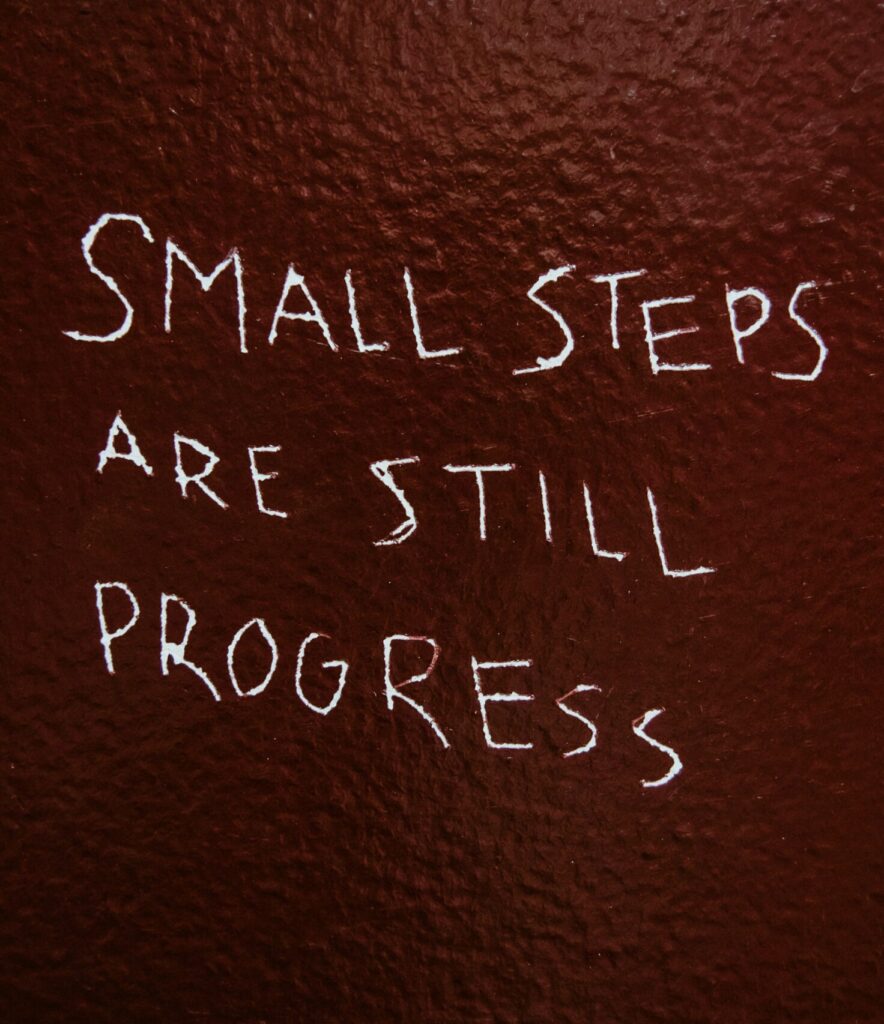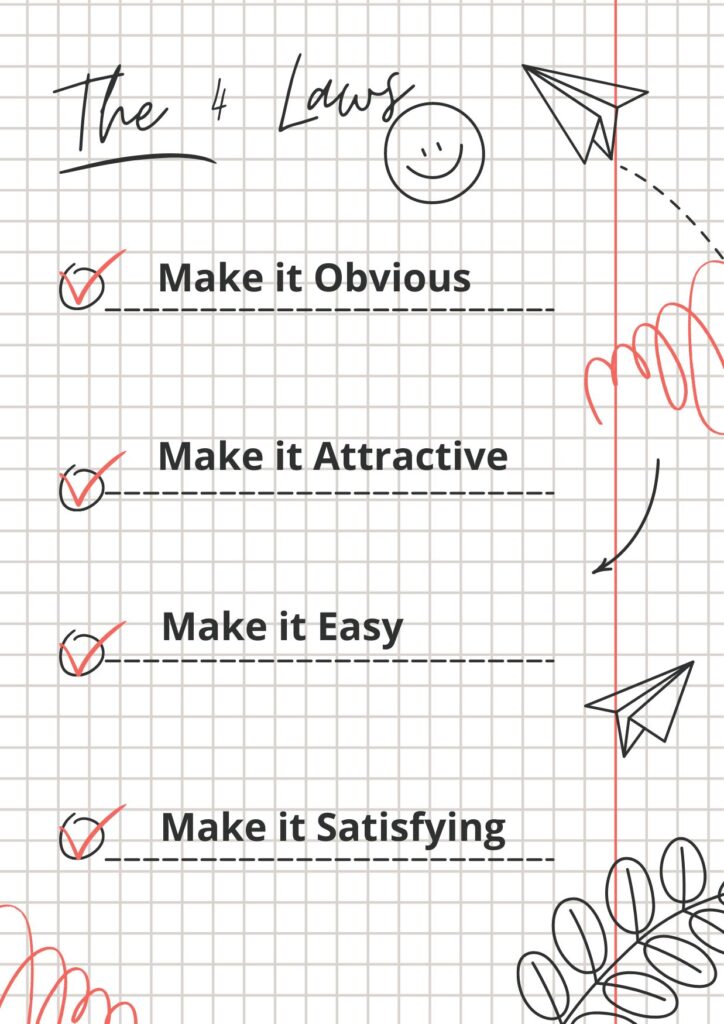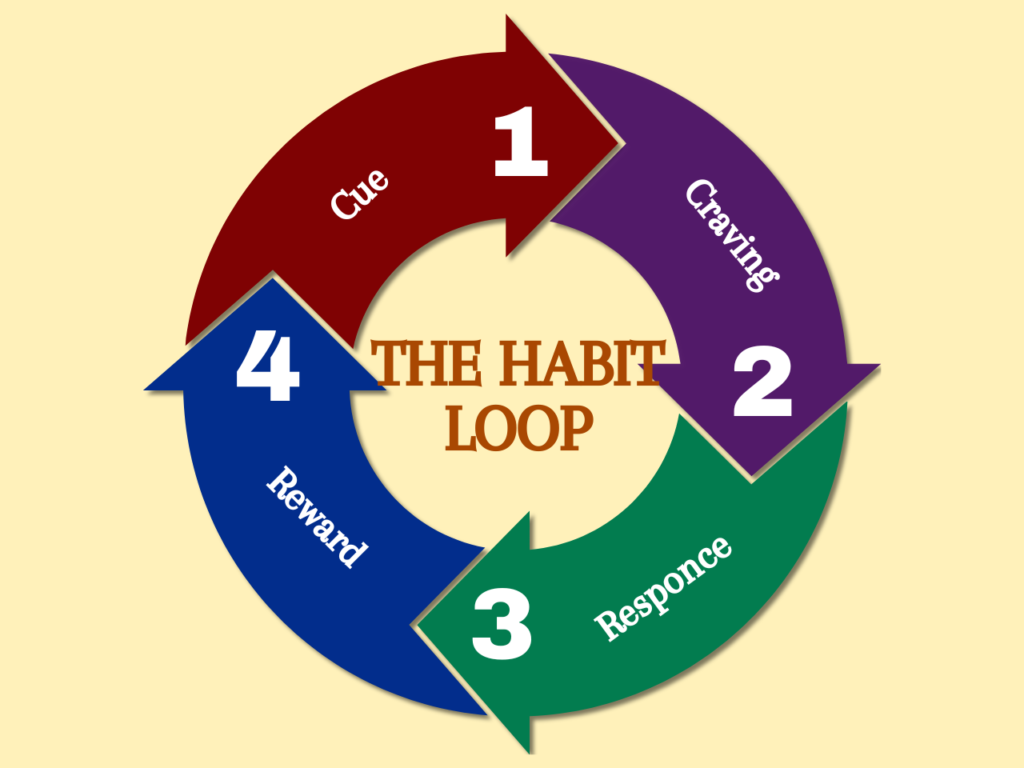
Intro
The “Atomic Habits” book by James Clear has become a cornerstone for anyone looking to improve their personal and professional lives through the power of small, incremental changes. The book emphasizes that significant transformations don’t stem from drastic actions but rather from the cumulative effect of tiny habits over time. In this blog post, we will explore the key takeaways from the “Atomic Habits” book, providing insights that can help you implement effective changes in your life.
The Power of Small Changes and Their Long-Term Impact

One of the central tenets of the “Atomic Habits” book is the profound impact that small, consistent changes can have over time. Clear introduces the concept of the 1% rule, which posits that if you improve by just 1% each day, the cumulative effect will be extraordinary. This is because small habits compound like interest. For instance, improving by just 1% each day results in a 37 times improvement over a year, illustrating the exponential benefits of minor, consistent efforts. Conversely, neglecting to make small improvements can lead to a significant decline.
This principle shifts the focus from pursuing monumental changes to taking manageable, incremental steps. It makes the journey towards better habits feel more achievable and less daunting. Instead of aiming for radical transformations, Clear encourages readers to concentrate on making tiny adjustments that accumulate over time. Whether it’s reading a few pages of a book daily or taking a short walk every evening, these small actions add up, creating a solid foundation for long-term success.
By understanding and embracing the power of small changes, you can make steady progress towards your goals, turning what once seemed impossible into a series of achievable steps. This perspective is not just motivational but also practical, making habit formation a more manageable and sustainable process.
The Four Laws of Behavior Change

Clear outlines the Four Laws of Behavior Change, offering a practical framework for adopting positive habits and eliminating negative ones. The first law, **Make it Obvious**, emphasizes the importance of making your desired habits clear and visible within your environment. Techniques like habit stacking—pairing a new habit with an existing one—can help integrate new behaviors seamlessly into your routine.
The second law, **Make it Attractive**, focuses on making habits appealing. By using strategies such as temptation bundling, where you pair an action you want to do with one you need to do, you can increase the desirability of your new habits.
The third law, **Make it Easy**, suggests simplifying your habits to make them more achievable. The two-minute rule is a practical approach: start by committing to a habit that takes no more than two minutes to complete. This lowers the barrier to entry and helps build momentum.
The fourth law, **Make it Satisfying**, highlights the importance of immediate rewards in reinforcing new habits. Implementing a reward system or tracking your progress can provide the instant gratification needed to maintain motivation. By leveraging these four laws, you can create an environment that supports the development of beneficial habits while simultaneously discouraging detrimental ones.
The Role of Identity in Habit Formation

Clear stresses that adopting new habits isn’t just about achieving specific outcomes but also about redefining your identity. Instead of focusing solely on goals like “I want to write a book,” he suggests you should shift your self-perception to “I am a writer.” This approach aligns your habits with your identity, making them more sustainable. When you see yourself as the type of person who performs certain actions, it becomes easier to engage in those behaviors consistently.
This identity-based approach has profound implications for how you approach habit formation. It transforms habits from being mere tasks on a to-do list to being integral components of who you are. For example, instead of forcing yourself to go to the gym because you want to lose weight, you begin to see yourself as someone who values health and fitness. This subtle but powerful mindset shift helps you stay committed to your new behaviors, even when motivation wanes.
Adopting this perspective also fosters a sense of intrinsic motivation. When your actions are in harmony with your self-identity, they feel more natural and less forced. This makes it easier to maintain long-term habits, as they are not just activities you perform but part of your very being.
The Habit Loop: Cue, Craving, Response, and Reward

Clear introduces the concept of the habit loop, which consists of four stages: cue, craving, response, and reward. The cue is the trigger that initiates the habit, like feeling stressed and wanting a cigarette. The craving represents the motivation behind the habit; it’s the desire for stress relief. The response is the action you take, such as lighting up the cigarette. Finally, the reward is the benefit you gain from the action—in this case, feeling relaxed.
By understanding each component, you can better manage your habits. For instance, if you want to build a reading habit, create a cue by placing a book in a prominent spot. Increase the craving by visualizing the joy of getting lost in a story. Simplify the response by setting a timer for just five minutes of reading. Ensure a reward, such as enjoying a cup of tea afterward. By strategically manipulating these elements, you can engineer habits that align with your goals, making them easier to adopt and maintain.
Strategies for Breaking Bad Habits

Breaking bad habits can be more challenging than forming good ones, but James Clear offers practical strategies to tackle this issue effectively. One effective method is to make the bad habit invisible. For example, if you want to reduce screen time, you can keep your phone in another room during work hours. Another strategy is to make the bad habit unattractive. By associating the habit with negative consequences, like imagining the long-term health effects of smoking, you create a mental deterrent.
Clear also recommends making the bad habit difficult to engage in. Increasing the friction involved in performing the undesirable action can significantly reduce its occurrence. For instance, if you’re trying to cut down on junk food, avoid buying it altogether, making it less accessible. Additionally, the “10-minute rule” can be useful; allow yourself to indulge in the bad habit for just 10 minutes. Often, this minimal commitment can help reduce the urge over time.
Another helpful technique is to find a replacement behavior that serves the same need but is more beneficial. If you’re trying to stop stress eating, you might opt for a brief walk or a few minutes of meditation instead. By strategically applying these methods, you can gradually dismantle bad habits and replace them with healthier alternatives.
The Importance of Environment and Social Circles

The environment you inhabit and the people you surround yourself with play pivotal roles in shaping your habits. “Atomic Habits” underscores that our surroundings can significantly influence our behavior patterns. By tailoring your environment to encourage good habits, you can make positive changes more effortlessly. For example, arranging your workspace to minimize distractions can help improve productivity, while setting up your kitchen to keep healthy foods in sight can encourage better eating habits.
Equally impactful are the social circles you maintain. The book highlights the notion that the individuals you frequently interact with can either support or hinder your habit development. If you spend time with people who prioritize health, fitness, and personal growth, you’re more likely to adopt these positive behaviors yourself. On the other hand, if your close associates indulge in detrimental habits, you might find it harder to resist those behaviors.
James Clear suggests that aligning yourself with a community that shares your goals can be incredibly beneficial. Being part of a group that values similar habits provides both motivation and accountability. Whether it’s a workout buddy, a book club, or a professional network, these social connections can serve as powerful catalysts for maintaining and nurturing your desired habits.
Measuring and Tracking Progress for Continuous Improvement

Measuring and tracking your progress is crucial for sustaining habit development and fostering continuous improvement. Visual tools like habit trackers, apps, or even simple journals can provide a tangible way to see your growth over time, helping you stay motivated and accountable. Regularly reviewing your progress allows you to identify patterns and make necessary adjustments to enhance your habit-forming strategies. Clear advocates for consistency over perfection, emphasizing that incremental progress is more valuable than occasional perfection. By setting up a feedback system, you can continually assess your habits and tweak them as needed to ensure long-term success. This structured approach helps maintain momentum and encourages you to keep moving forward, even when faced with setbacks.

6 thoughts on “Key Takeaways from the Atomic Habits Book”